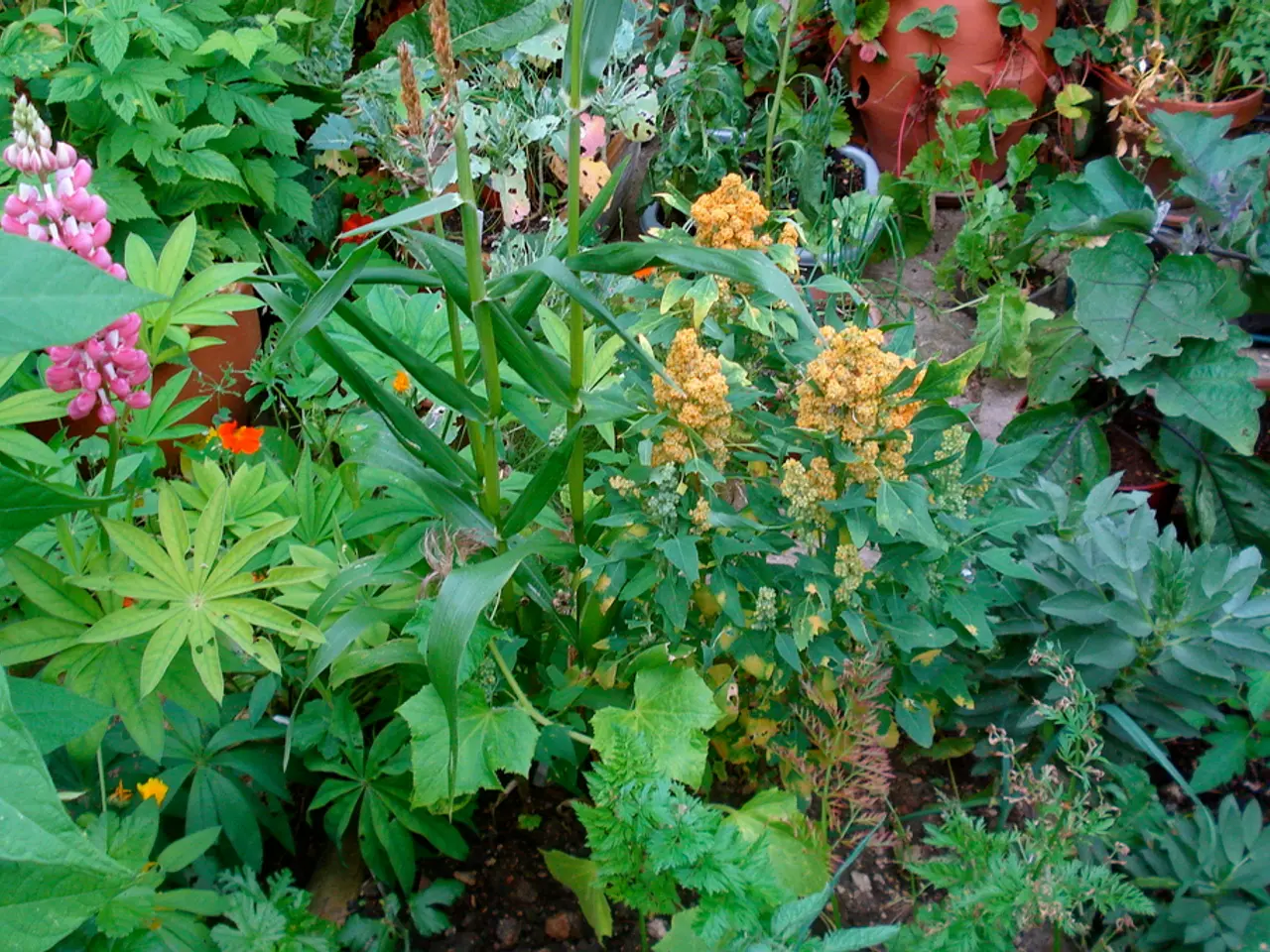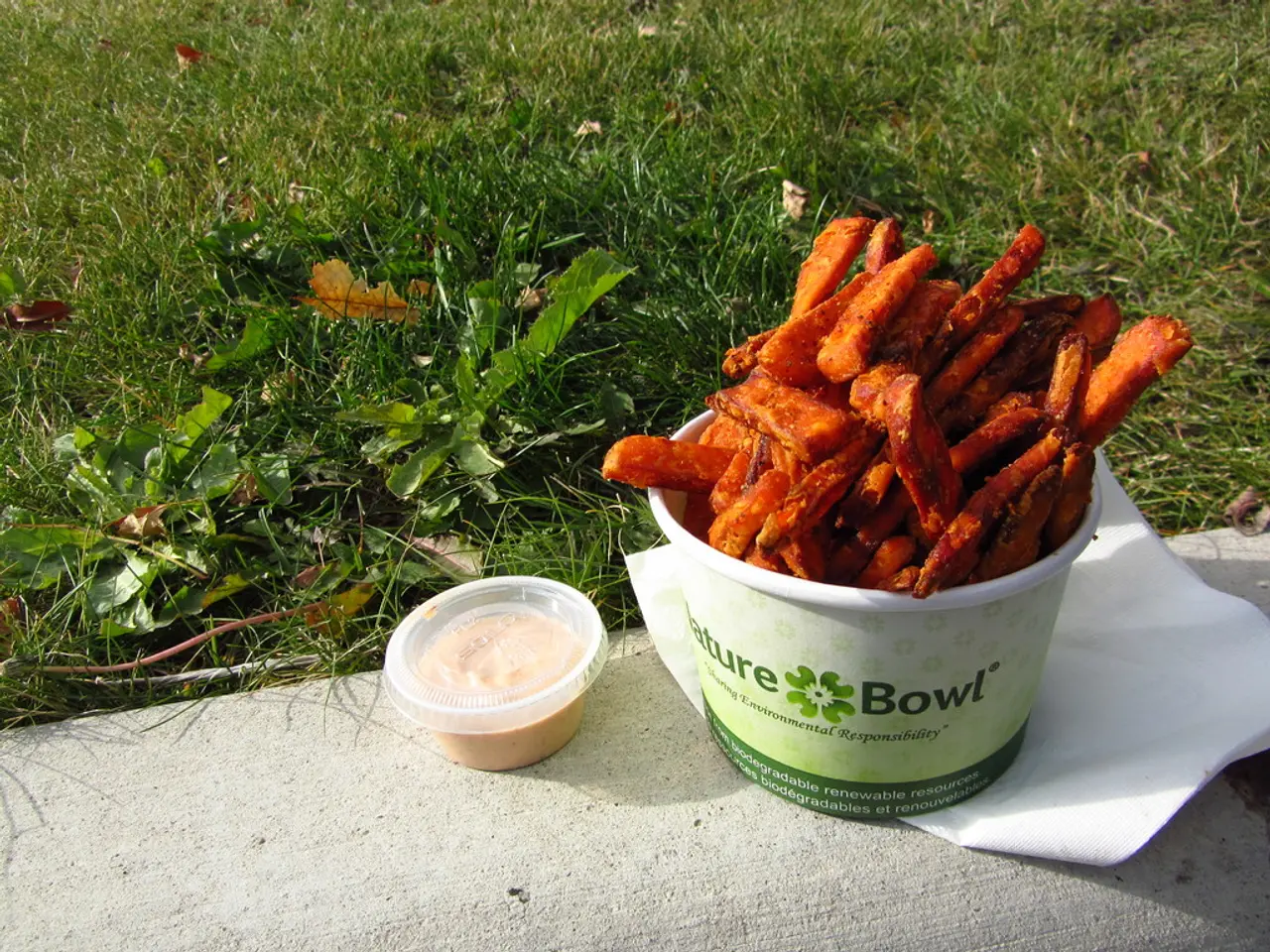Autumn Planting Options in Victoria
Autumn in Victoria, particularly in Melbourne, presents a perfect opportunity for garden enthusiasts to embark on a variety of planting projects. This season is particularly ideal for growing a diverse range of herbs, as well as vegetables, in your garden.
## Best Herbs for Autumn in Victoria
Some of the best herbs to plant during this season include oregano, parsley, thyme, tarragon, lemongrass, coriander, rosemary, Thai and Holy Basil, and even turmeric and galangal (although these are typically grown indoors due to their sensitivity to outdoor conditions). Oregano, parsley, thyme, and tarragon can be grown from stem cuttings, while coriander, rosemary, Thai and Holy Basil, and lemongrass are best grown from seeds.
## Planting Locations
When it comes to planting locations, most herbs prefer full sun to partial shade, so choose a spot that receives at least six hours of sunlight. The soil should be well-drained and moist, providing good aeration for the herbs to thrive. Herbs generally thrive in cooler temperatures, making outdoor conditions ideal in Victoria during autumn.
## Additional Tips
For optimal growth, use a mix of cuttings and seeds depending on the herb, and ensure your garden is protected from strong winds and frost. Herbs like rosemary, lemongrass, and thyme grow well from green cuttings. If space is limited, herbs can thrive in pots or containers, provided they have adequate drainage and sunlight.
Additionally, brassica plants (like cabbage and broccoli) need soil enriched with organic matter and animal manure for nitrogen. Citrus plants require plenty of sun exposure and areas that don't get too much wind. Vegetables like kale, lettuce, spinach, and brussels sprouts prefer full shaded areas of the garden, while beans, peas, broccoli, onions, cabbage, and radish prefer partially sunny areas.
Herbs, fruit like strawberries, dwarf citrus, and succulents and cacti are suitable for balcony gardens. In mid to late March, winter vegetables like kale, beetroot, broccoli, cabbage, carrot, cauliflower, celery, English spinach, lettuce, parsnip, peas, radish, silverbeet, broad beans, brussels sprouts, Chinese cabbage, onion, and spinach can be planted.
Strawberries prefer sunny areas with some afternoon shade in hot summers. During the growth of vegetables, a diluted liquid fertiliser such as Seasol Powerfeed should be applied every 10 to 14 days to spur vegies along. Strawberry plants flower in September and the first crop of fruit arrives late spring.
To top up your soil after planting, organic-based mulch like peastraw in a vegie garden, or bark or wood chips for shrubs, should be used. For heavy sand or clay soil, it's beneficial to add organic matter like compost containing kitchen vegetable waste and manure for improved aeration, drainage, and microbial growth.
By following these tips, you can create a thriving autumn garden full of flavour and vibrancy. Happy planting!
In Melbourne's autumn, you can also grow a variety of herbs like home-and-garden favorites such as oregano, parsley, thyme, and tarragon, which are best grown from stem cuttings. Moreover, if you have a home-and-garden space, these herbs, particularly oregano, parsley, thyme, and tarragon, will thrive in locations with full sun to partial shade and well-drained, moist soil.




